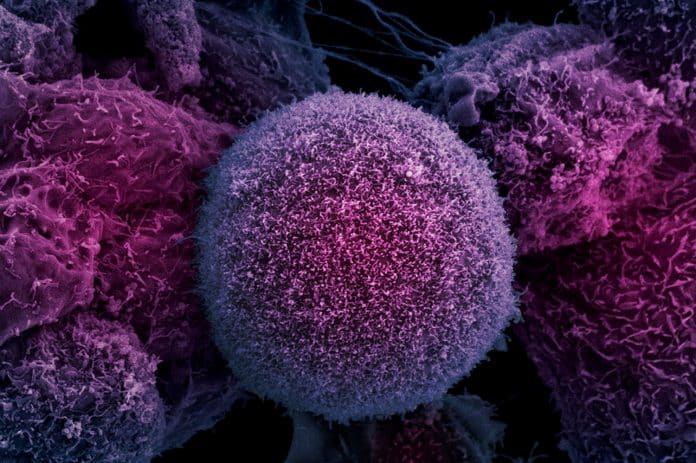Employing Artificial Intelligence for Cancer Detection
Currently, the diagnostic accuracy for melanoma is dependent on the expertise of the treating doctor. Scientists have demonstrated for the first time a kind of artificial intelligence or machine learning called a profound learning convolutional neural network (CNN) is much far better than seasoned dermatologists at detecting skin cancer.
The first author of the study, Professor Holger Haenssle, senior managing physician at the Department of Dermatology, University of Heidelberg, Germany, explained: “The CNN works like the brain of a child. To train it, we showed the CNN more than 100,000 images of malignant and benign skin cancers and moles and indicated the diagnosis for each image. Only dermoscopic images were used, that is lesions that were imaged at a 10-fold magnification. With each training image, the CNN improved its ability to differentiate between benign and malignant lesions.
“After finishing the training, we created two test sets of images from the Heidelberg library that had never been used for training and therefore were unknown to the CNN. One set of 300 images was built to solely test the performance of the CNN. Before doing so, 100 of the most difficult lesions were selected to test real dermatologists in comparison to the results of the CNN.”
In the study, researchers at Germany, the USA and France coached a CNN to discover skin cancer by demonstrating it over 100,000 pictures of malignant melanomas (the most deadly form of skin cancer), in addition to benign bites (or nevi).
They compared its performance with that of 58 international dermatologists and discovered the CNN missed fewer melanomas and misdiagnosed benign bites less frequently as cancerous compared to the bunch of dermatologists.
A CNN is a artificial neural network inspired by the biological processes in the office when nerve cells (neurons) in the mind are linked to each other and react to what the eye sees. The CNN is effective at learning quickly from pictures it”sees” and instructing itself from what it’s learned to increase its functionality (a procedure called machine learning).
“The CNN missed fewer melanomas, meaning it had a higher sensitivity than the dermatologists, and it misdiagnosed fewer benign moles as malignant melanoma, which means it had a higher specificity; this would result in less unnecessary surgery,” said Professor Haenssle.
“When dermatologists received more clinical information and images at level II, their diagnostic performance improved. However, the CNN, which was still working solely from the dermoscopic images with no additional clinical information, continued to out-perform the physicians’ diagnostic abilities.”
“These findings show that deep learning convolutional neural networks are capable of out-performing dermatologists, including extensively trained experts, in the task of detecting melanomas,” he said.
The researchers conclude: “Currently, there is no substitute for a thorough clinical examination. However, 2D and 3D total body photography is able to capture about 90 to 95% of the skin surface and given exponential development of imaging technology we envisage that sooner than later, automated diagnosis will change the diagnostic paradigm in dermatology. Still, there is much more work to be done to implement this exciting technology safely into routine clinical care.”






























